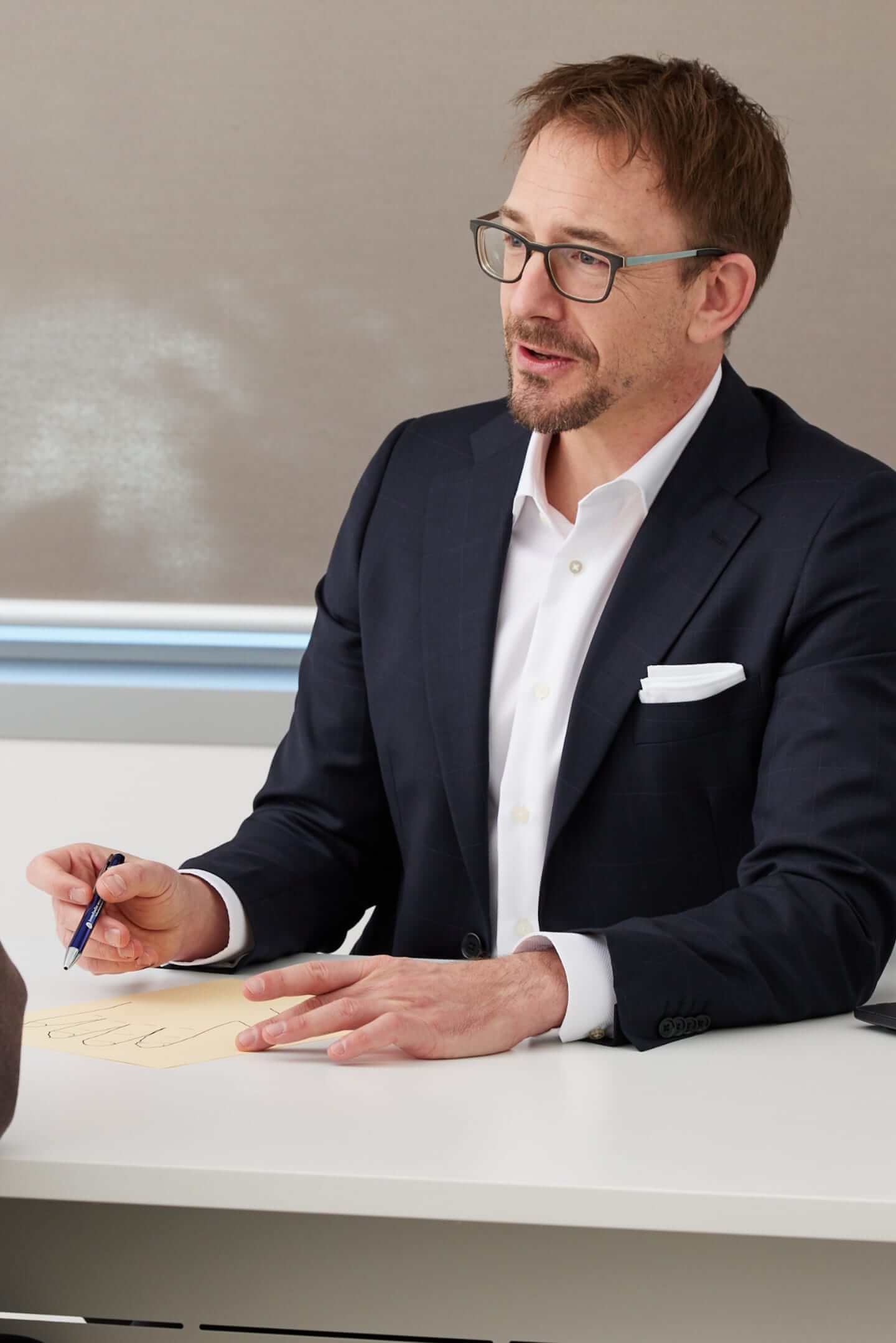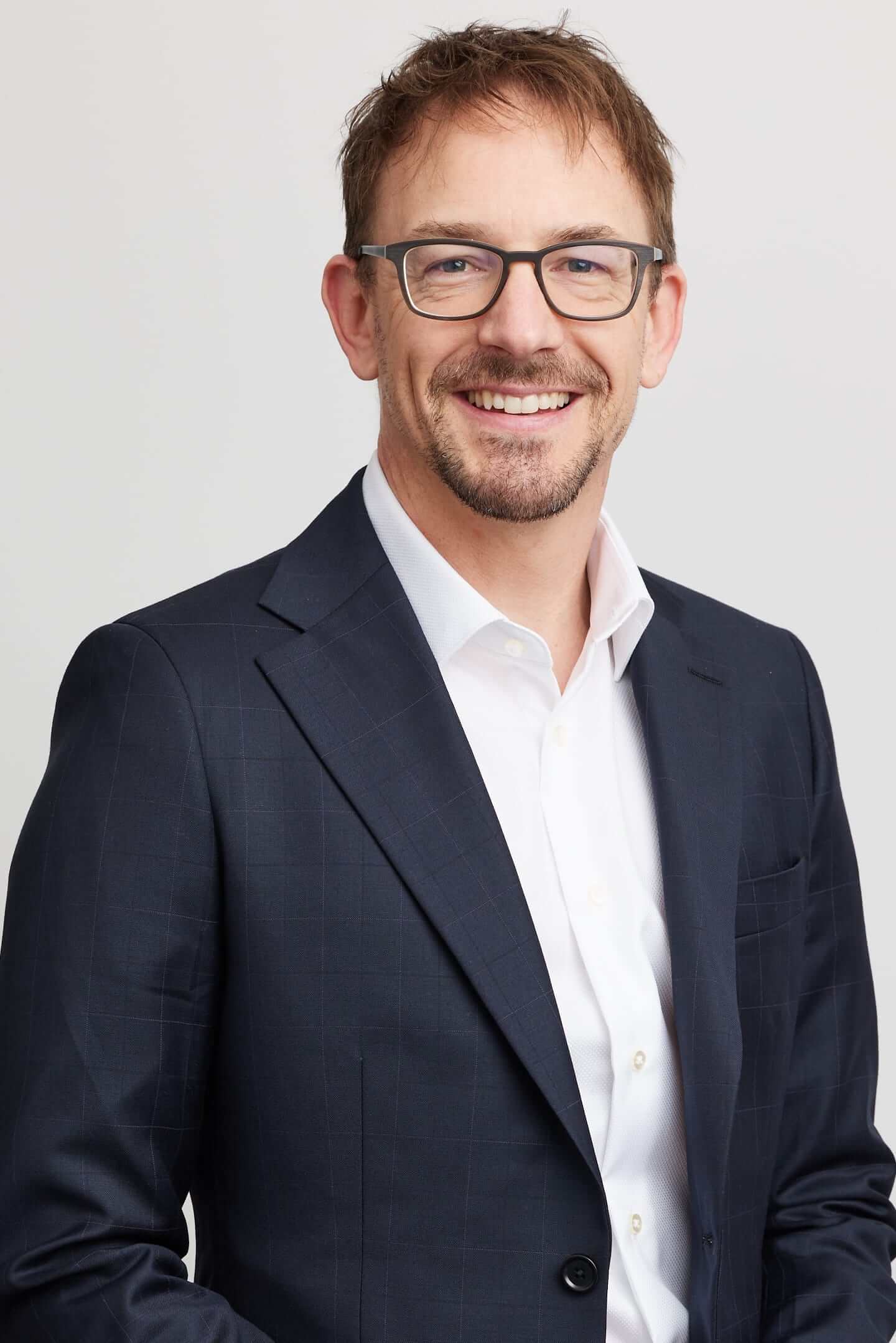Reconstructive surgery Perth
Reconstructive surgery procedures: what you need to know
Trust Dr Jeremy Rawlins
Consultations in Murdoch & Mt Lawley
Treatment by a trusted specialist surgeon
Short waiting list
What is reconstructive surgery?
"Though the focus is on repairing and restoring, we also improve appearance if this is necessary. With reconstructive surgery, these two objectives often go hand in hand."
Types of reconstructive surgery
Breast reconstruction surgery: for women who have had a mastectomy or partial mastectomy
Reconstructive surgery after skin cancer and melanoma: for people who have had skin cancer surgery
Breast reconstruction surgery
"There are two types of breast reconstruction. We either use a breast implant (implant based reconstruction) or we use tissue from another part of your body (autologous or flap reconstruction) to reshape your breast. We may use a combination of techniques in some patients."
"It is normal to feel anxious, nervous and emotional. After all, you have already gone through a lot. It may feel as if you have given up an important part of your body and even sexuality. During breast reconstruction, I will explain your best reconstruction options, and I will listen to your desires and expectations."
Reconstructive surgery after skin cancer and melanoma
Skin cancer is the most common cancer in Australia. Most skin cancers are removed surgically and if the cancer is small, it’s a quick and easy procedure. Most skin cancers are non-melanoma skin cancers; this means they rarely spread to other parts of the body.
For a melanoma, a highly malignant type of skin cancer, we often need to make a much wider and deeper excision. In many cases, this will require a skin graft or skin flap to repair the defect.
Melanoma can also spread through your body, and to find out if it has, we may do extra investigations.
Lymph node mapping and sentinel lymph node biopsy: this is a surgical procedure to check if the melanoma has spread to your lymphatic system. During a sentinel lymph node procedure, we identify the sentinel lymph node, which is the first lymph node to which cancer cells may have spread. We will remove this node, and examine it to check if cancer cells are present.
Reconstructive upper limb and hand surgery
Your hands are very complex because they are made up of bones, joints, tendons, ligaments, blood vessels and nerves. As you can imagine, hand surgery is very delicate, and that’s why we often use microsurgery when it comes to hand surgery. It means that we use a microscope to repair structures such as blood vessels and nerves, because they are less than a few millimetres in diameter.
When is reconstructive hand surgery needed?
Trauma: You may have an injury caused by an accident or a fracture
Infection: Infection often happens in patients with diabetes because of poor blood circulation
Overuse: injuries An example is Carpal Tunnel Syndrome
Congenital deformities: These deformities are present at birth
Degenerative conditions: Dupuytrens contracture, arthritis
Lower limb reconstruction
"First we focus on restoring normal blood circulation and critical structures such as blood vessels and nerves. Then we look if we need to move tissue from other parts of your body to the affected area. A skin graft or muscle/tissue flaps from surrounding skin may be necessary."
"Sometimes we may have to replace bone by taking bone from another part of the body. This requires a delicate dissection of bone with its’ feeding artery and vein and then connecting it to arteries and veins near to the defect. Sometimes we need to move skin and muscle from another part of the body to cover exposed bone. Again, we use microsurgical techniques to get the very best reconstructions."
Maxillofacial reconstruction
"To repair structures of the face we may use tissue from other parts of your body, for example skin, bones or muscle, to reconstruct new facial features. This is very complex surgery, as we will reconnect the blood vessels of the transplanted tissue with the existing vessels. In other cases, we may use implants or prosthetic devices to restore natural-looking features."
Burn care
Reconstructive surgery is often required in the field of burn care. The goal is to improve both the cosmetic appearance of burn scars and to restore function. Surgery will help improve basic functions and will also help to make scars less noticeable.
"My practice offers the complete spectrum of scar revision techniques. From the early days of my career I have been active in developing burns reconstruction techniques, and I continue to expand my knowledge and expertise in this field."
Burns reconstruction and acute burn care is a personal passion for Dr Rawlins, and he is involved in local, national and international research in this area. Jeremy Rawlins is the President of the Australia/New Zealand Burn Association.
Why Dr Jeremy Rawlins as your preferred Perth reconstructive surgeon?
"What I value in my work - beyond delivering excellent surgical care to every patient - is clear communication. I believe you deserve to be heard. I also believe I am a good listener and my patients tell me that they appreciate my efforts to give them clear information. It’s about your health, and your reconstructive journey."
Request an appointment
Locations
St John Of God Wexford Clinic
Level 1, Suite 26
3 Barry Marshall Road
MURDOCH WA 6150
St John of God Mount Lawley hospital
Suite 2, Level 1 Medical Centre
Ellesmere Rd,
MT LAWLEY WA 6050
Phone number
08 9425 5260Office hours
Mon-Fri from 9am-5pm
Closed for public holidays



